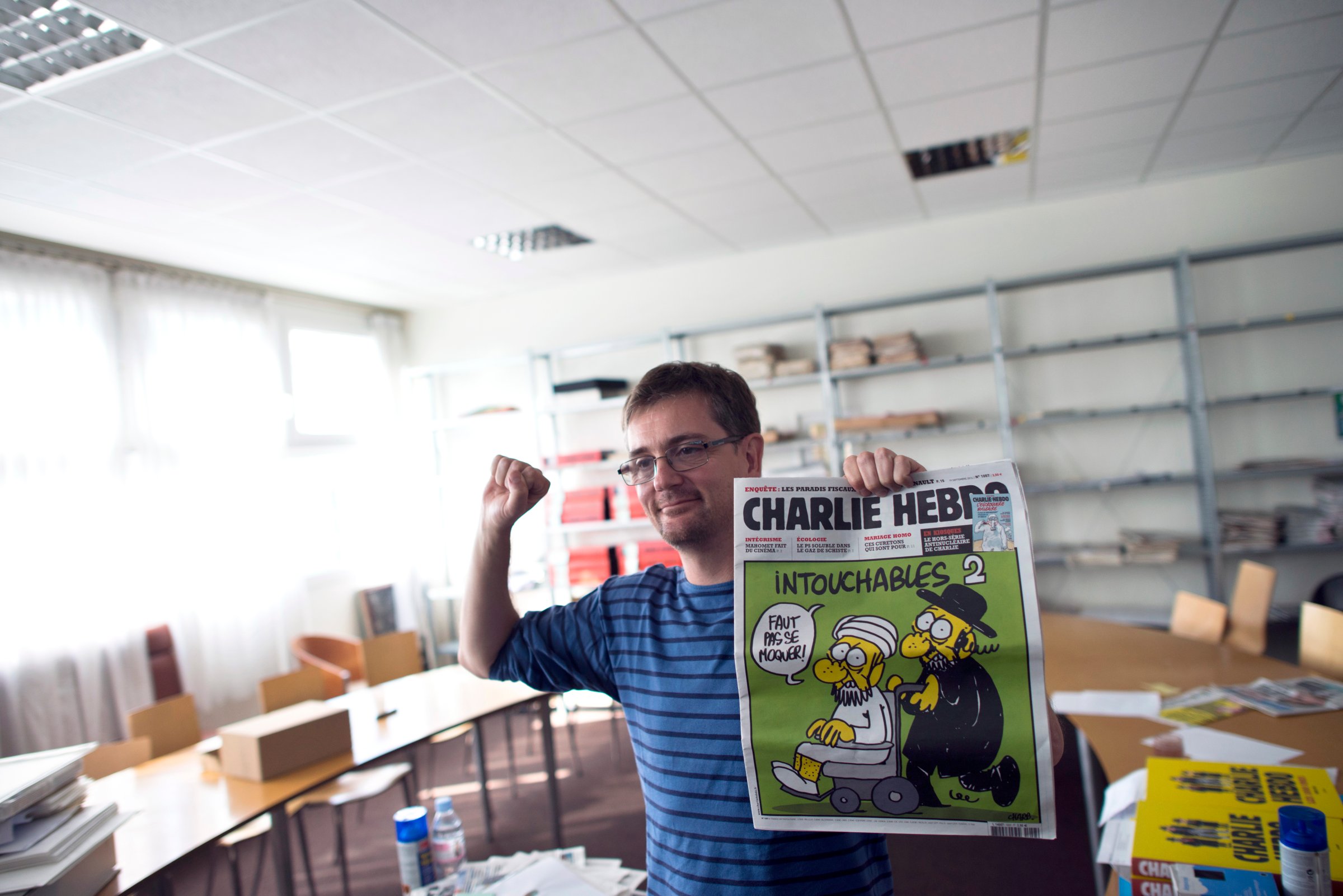
Among the dozen deaths in Wednesday’s terrorist attack on the Paris office of satirical newspaper Charlie Hebdo was its editor and principal cartoonist, Stéphane Charbonnier, who built his career on defiance and the right to insult religion.
Police say gunmen killed 10 journalists and two police officers, including one who had been stationed outside, before fleeing and prompting a manhunt. Though authorities have not yet identified the assailants, who are suspected of being extremists, Charlie Hebdo had received numerous threats over the years for its satirization of Islam, particularly the Prophet Muhammad. While the attack has been widely condemned, it has also reignited a discussion about Charlie Hebdo’s penchant for political incorrectness, especially under Charbonnier.
The editor, known as Charb, was in charge in 2011 when the newspaper ran a caricature of the Prophet on a cover and, in jest, named him the “editor in chief” of its next issue. The newspaper’s office was firebombed the next day. “We don’t feel like causing further provocation. We simply feel like doing our job as usual,” he told Agence France-Presse. “The only difference this week is that Muhammad is on the cover and it’s pretty rare to put him on the cover.”
He also told the BBC that he thought the act was perpetrated by “idiot extremists,” not French Muslims. “If we can poke fun at everything in France, if we can talk about anything in France apart from Islam or the consequences of Islamism,” he said, “that is annoying.”
Front Pages React to Paris Terror Attack
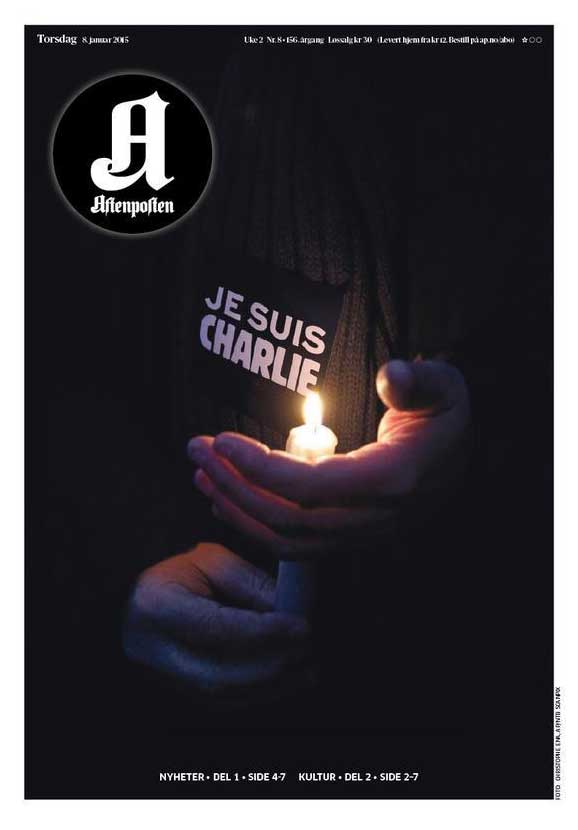
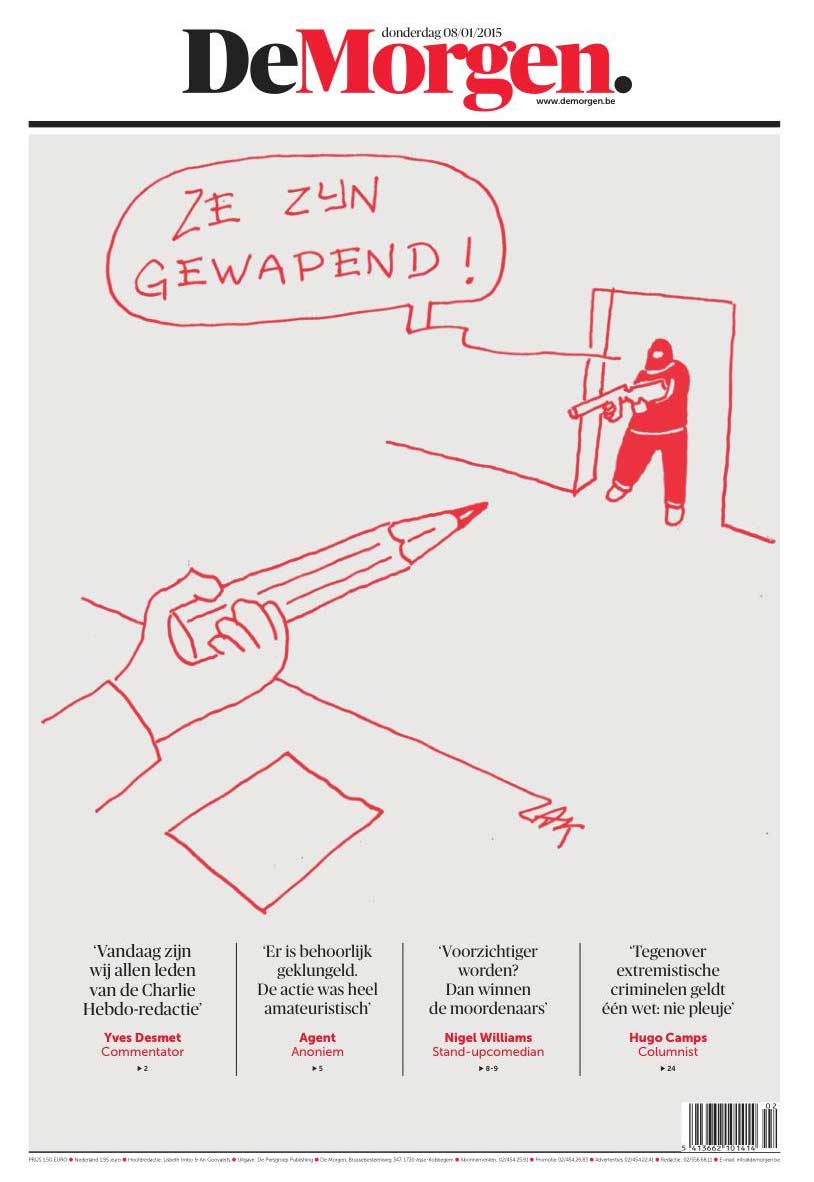
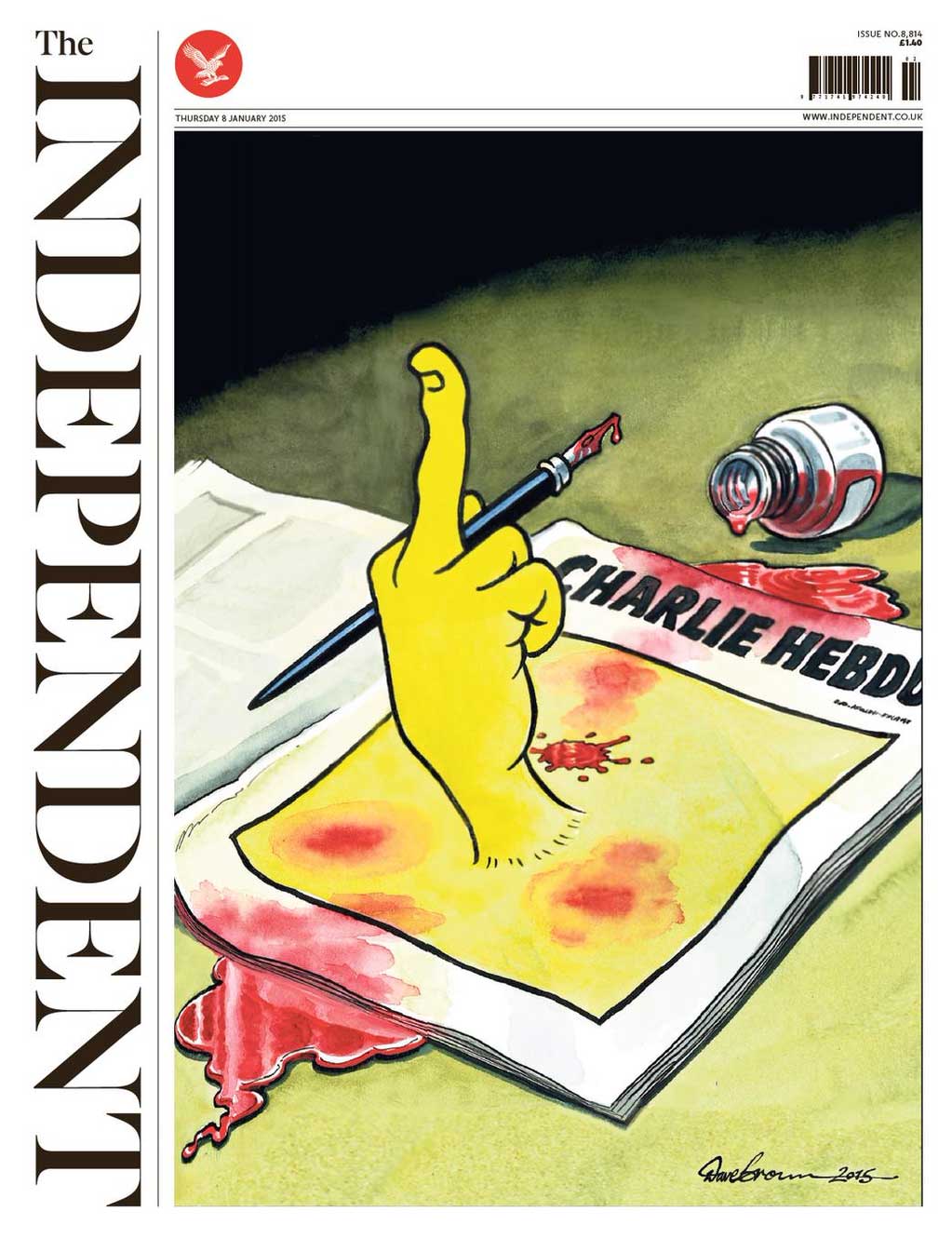


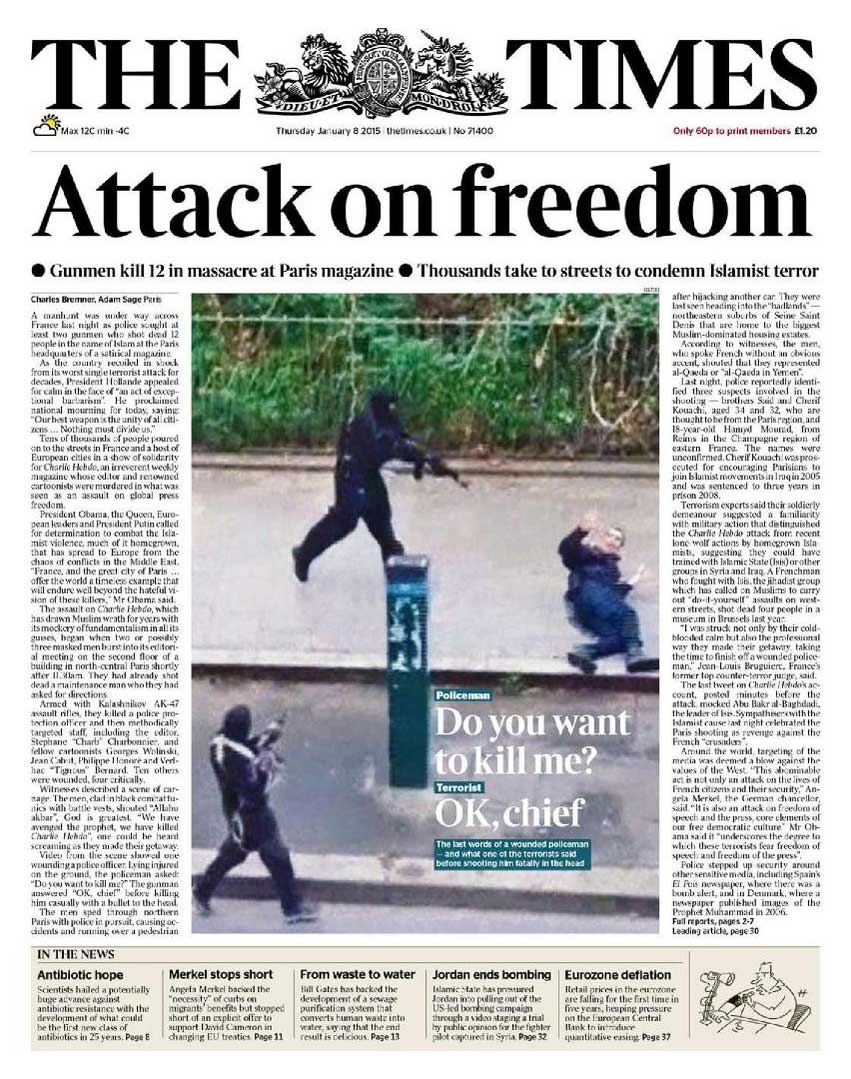

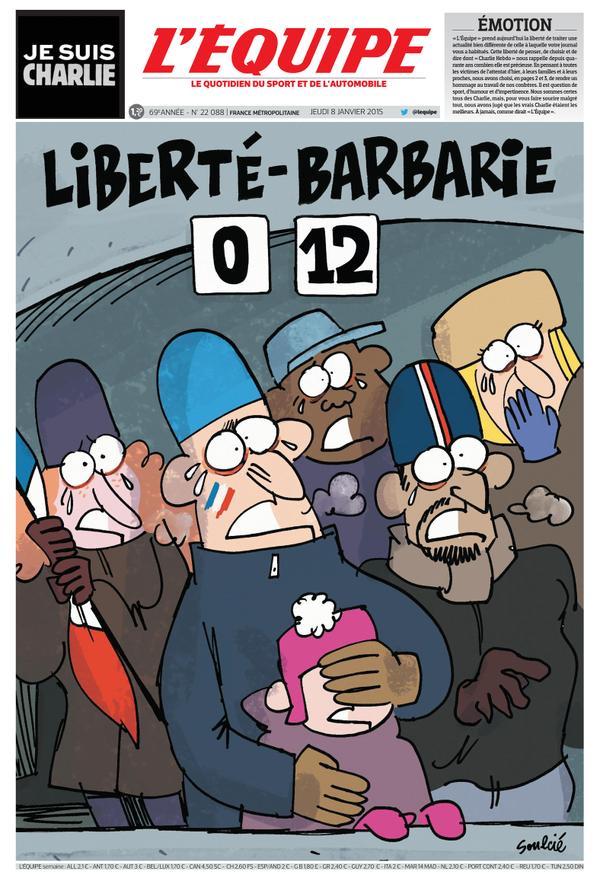
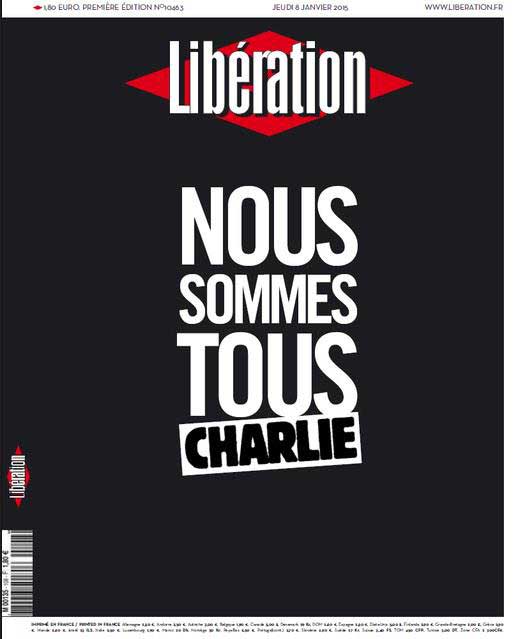


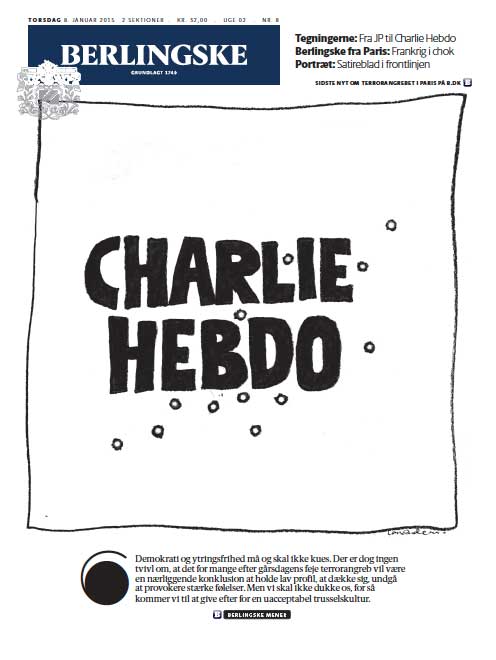
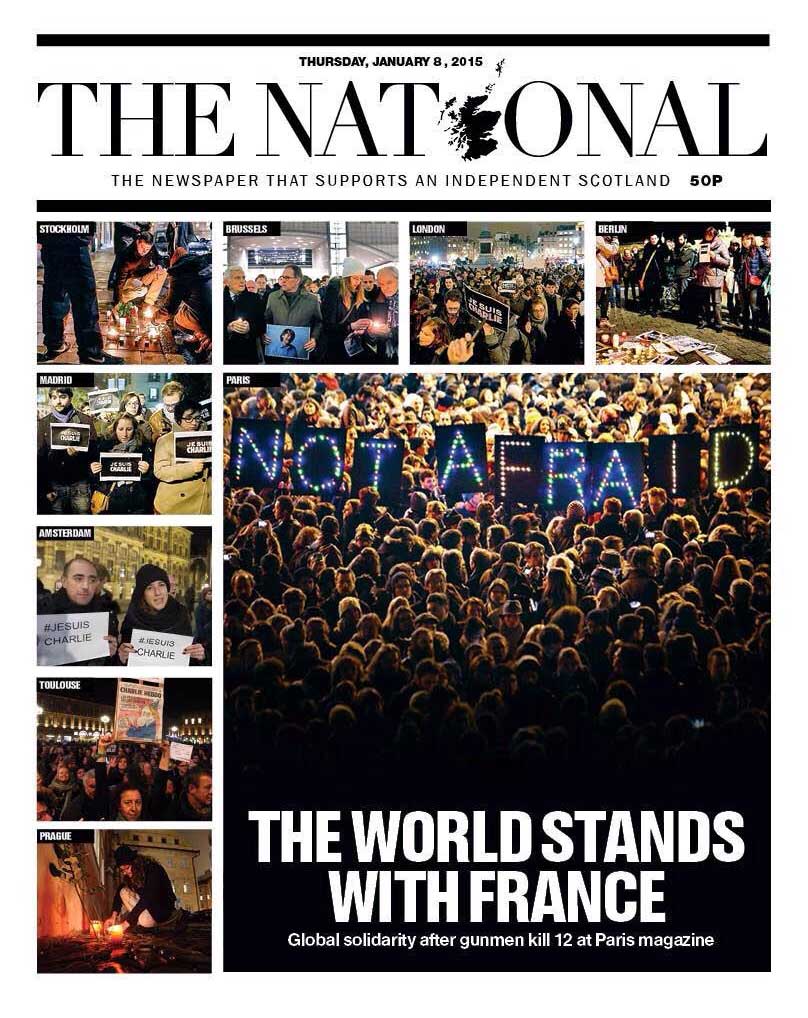
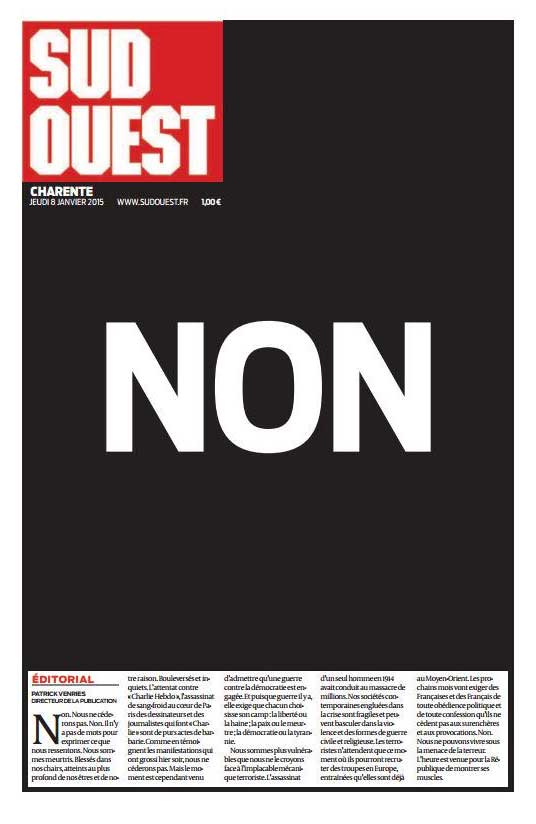
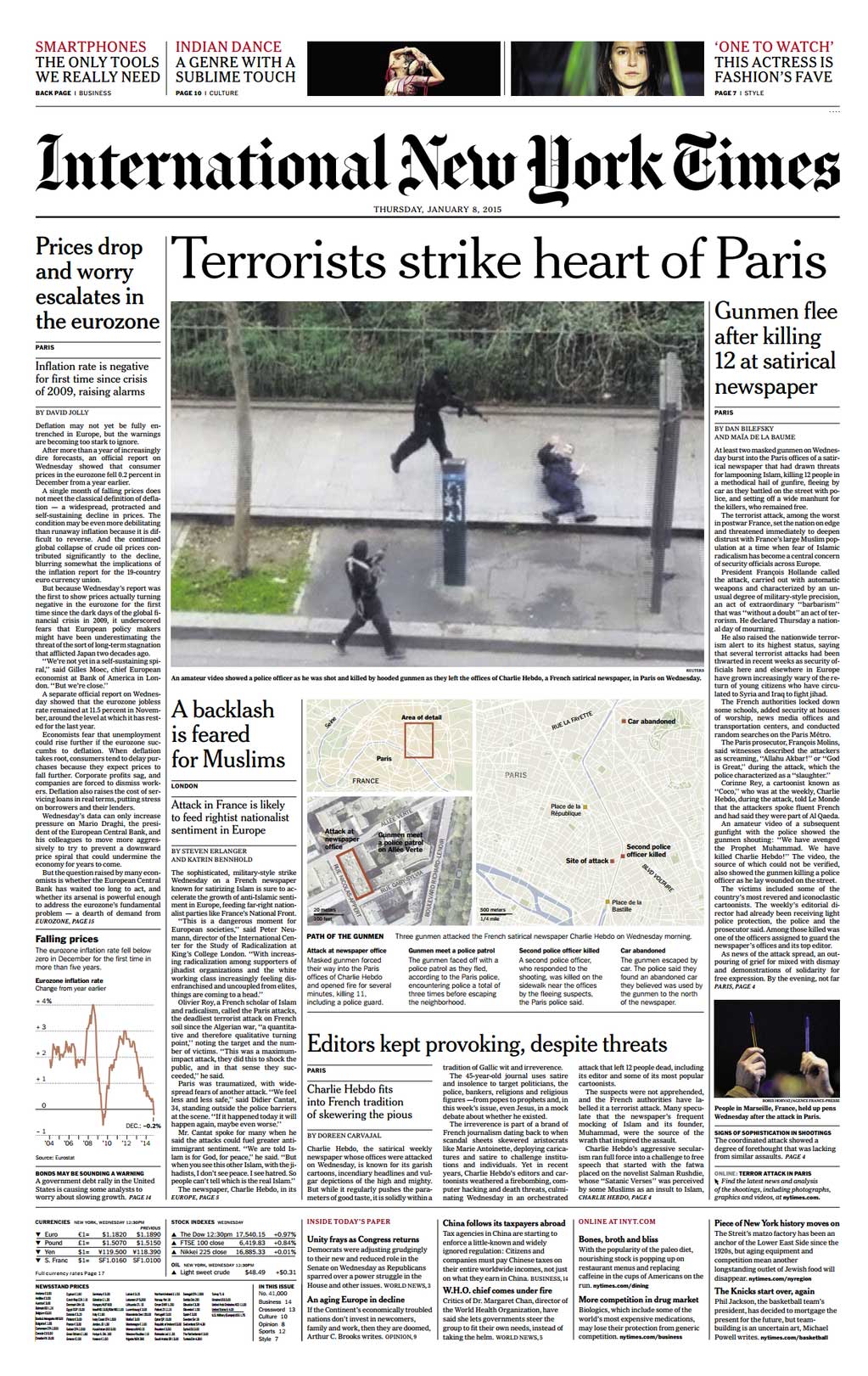
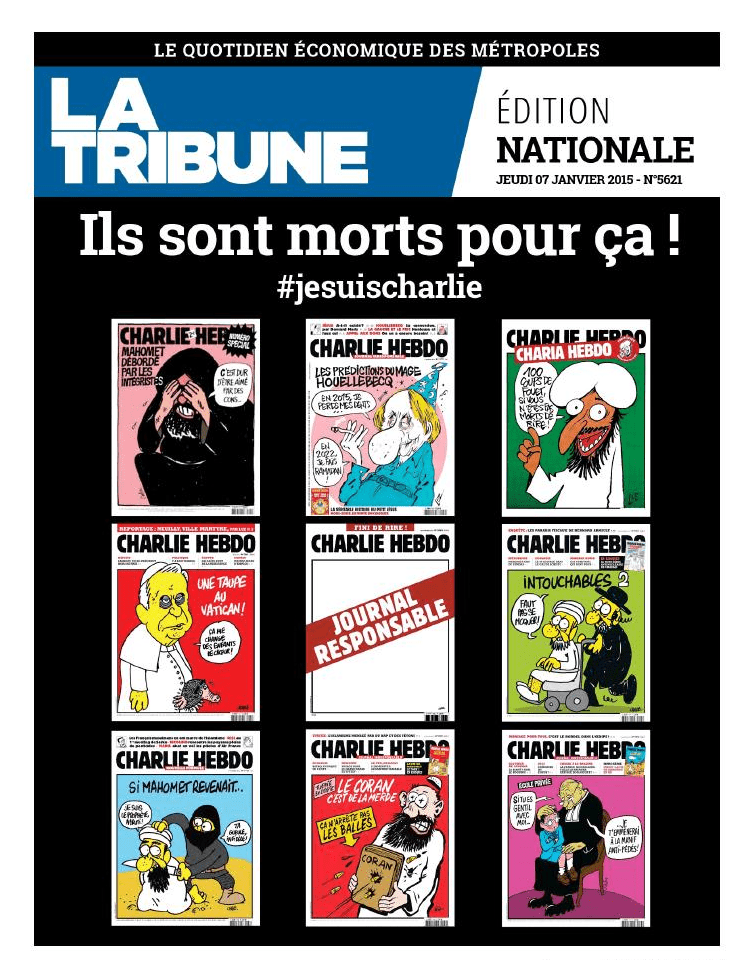
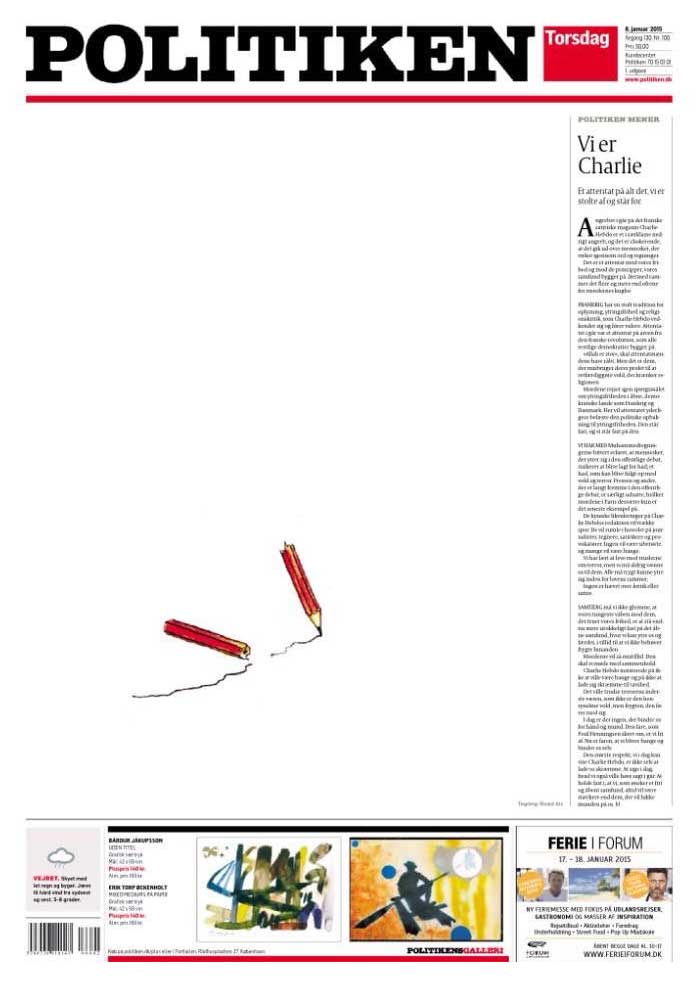
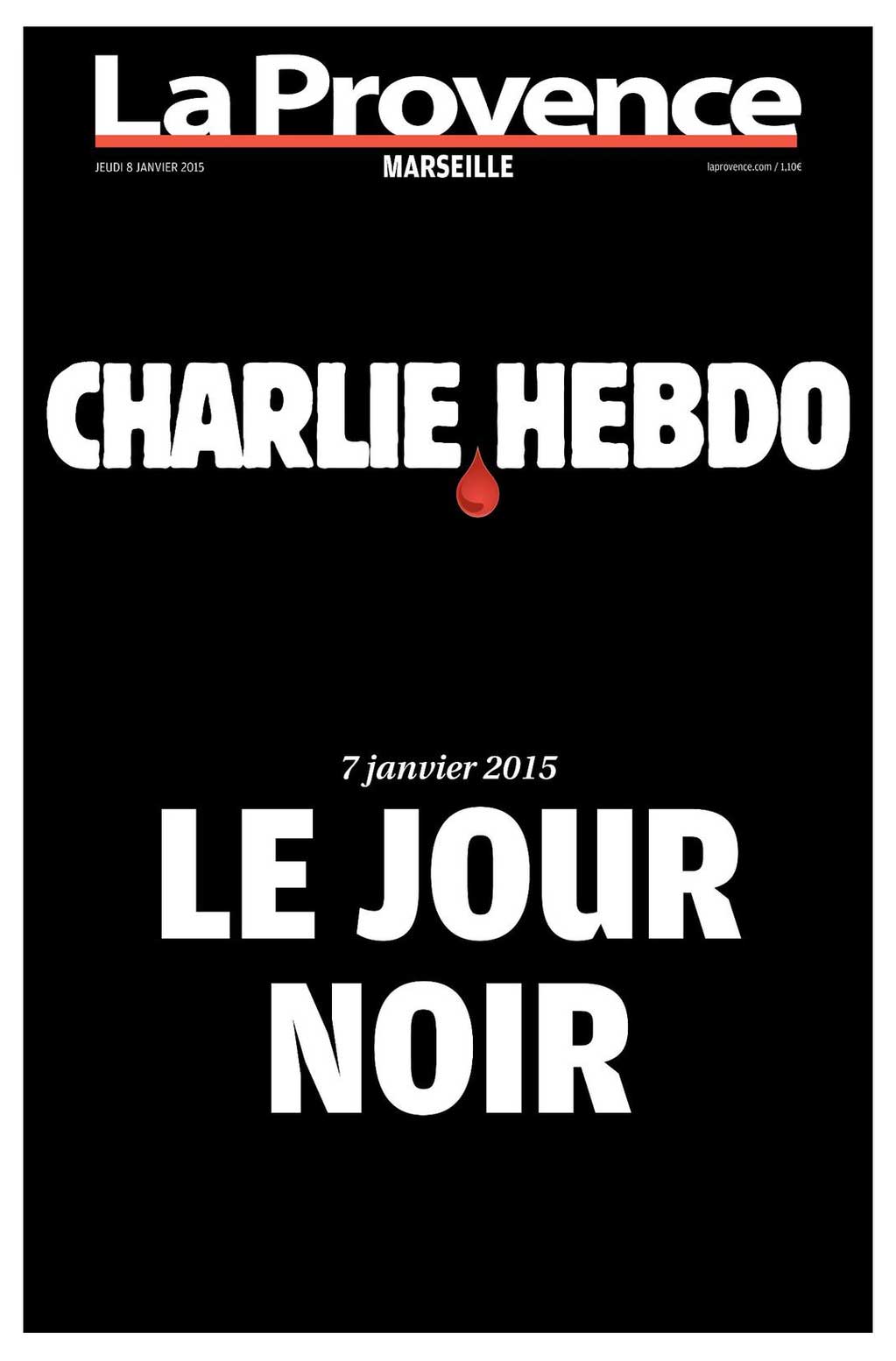
Charlie Hebdo again found controversy in September 2012. In the days after the attack on the American consulate in Benghazi, it published cartoons that portrayed the Prophet naked. The French government condemned Charbonnier’s decision to run them and decided to close schools and embassies in 20 countries in anticipation of violence. Charbonnier defended the decision, telling Le Point: “I’m not asking devout Muslims to read Charlie Hebdo, any more than I would go to a mosque to hear a sermon that went against my beliefs.”
And he dismissed the idea that he was responsible for putting lives at stake. “I don’t feel as though I’m killing someone with a pen. I’m not putting lives at risk,” he admitted to Le Monde. “When activists need a pretext to justify their violence, they always find it.”
Charbonnier, who was placed on al-Qaeda’s most-wanted list for mocking the Prophet and put under police protection, firmly stood behind his staff’s right to free speech even as Charlie Hebdo was lambasted for its satire of hot-button topics like religion, feminism and the French government. “It just so happens that every time we deal with radical Islam we have a problem,” he said in an interview with al-Jazeera, “and we get indignant or violent reactions.”
One of his main points, as an editor and cartoonist, was a defense of the right to do with art what other journalists do with words. “We are a newspaper like any other and so we dealt with a current news topic like any other,” he continued. “Our mode of treatment is just different; we do it with drawings.”
Charbonnier stuck to that belief until his death Wednesday, at age 47. One of his last works that Charlie Hebdo published was headlined “Still No Terror Attacks in France” and depicted a militant with the speech bubbles: “Wait! We have until the end of January to send our best wishes,” a play off of New Year’s resolutions.
Read next: 12 Cartoonists Pay Tribute to Charlie Hebdo Staff
Listen to the most important stories of the day.
More Must-Reads from TIME
- Donald Trump Is TIME's 2024 Person of the Year
- Why We Chose Trump as Person of the Year
- Is Intermittent Fasting Good or Bad for You?
- The 100 Must-Read Books of 2024
- The 20 Best Christmas TV Episodes
- Column: If Optimism Feels Ridiculous Now, Try Hope
- The Future of Climate Action Is Trade Policy
- Merle Bombardieri Is Helping People Make the Baby Decision
Write to Eliana Dockterman at eliana.dockterman@time.com